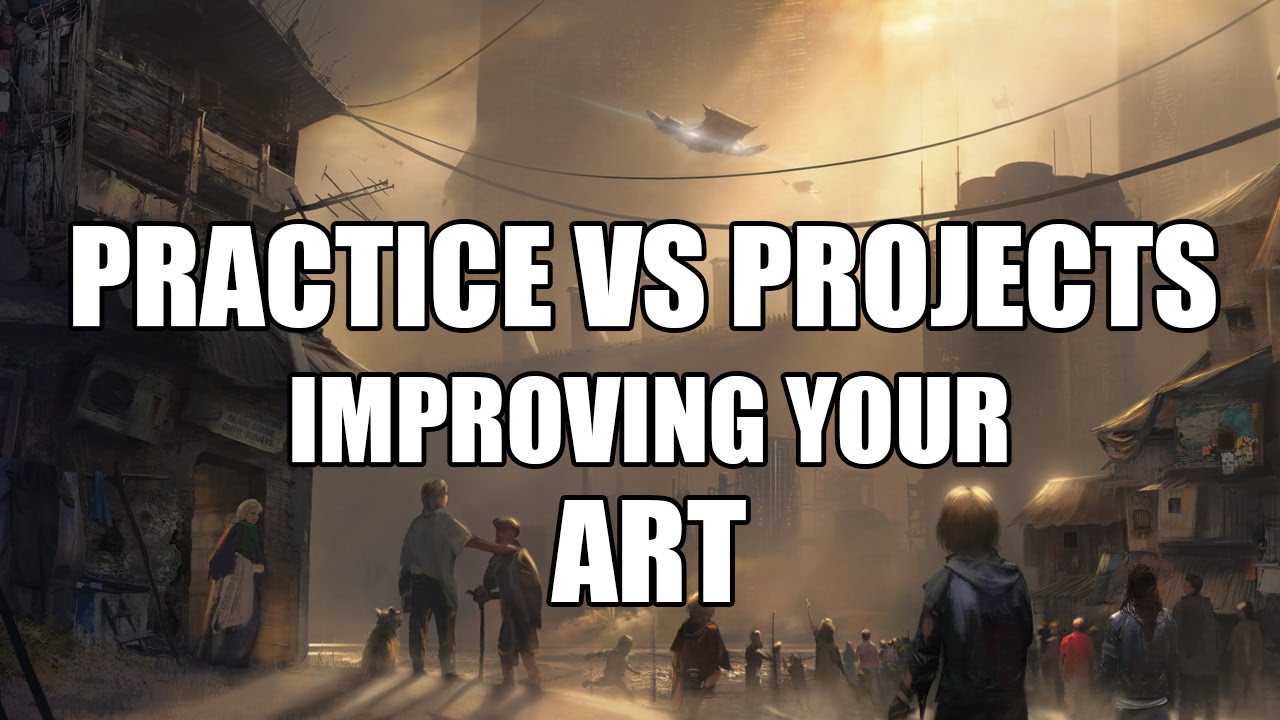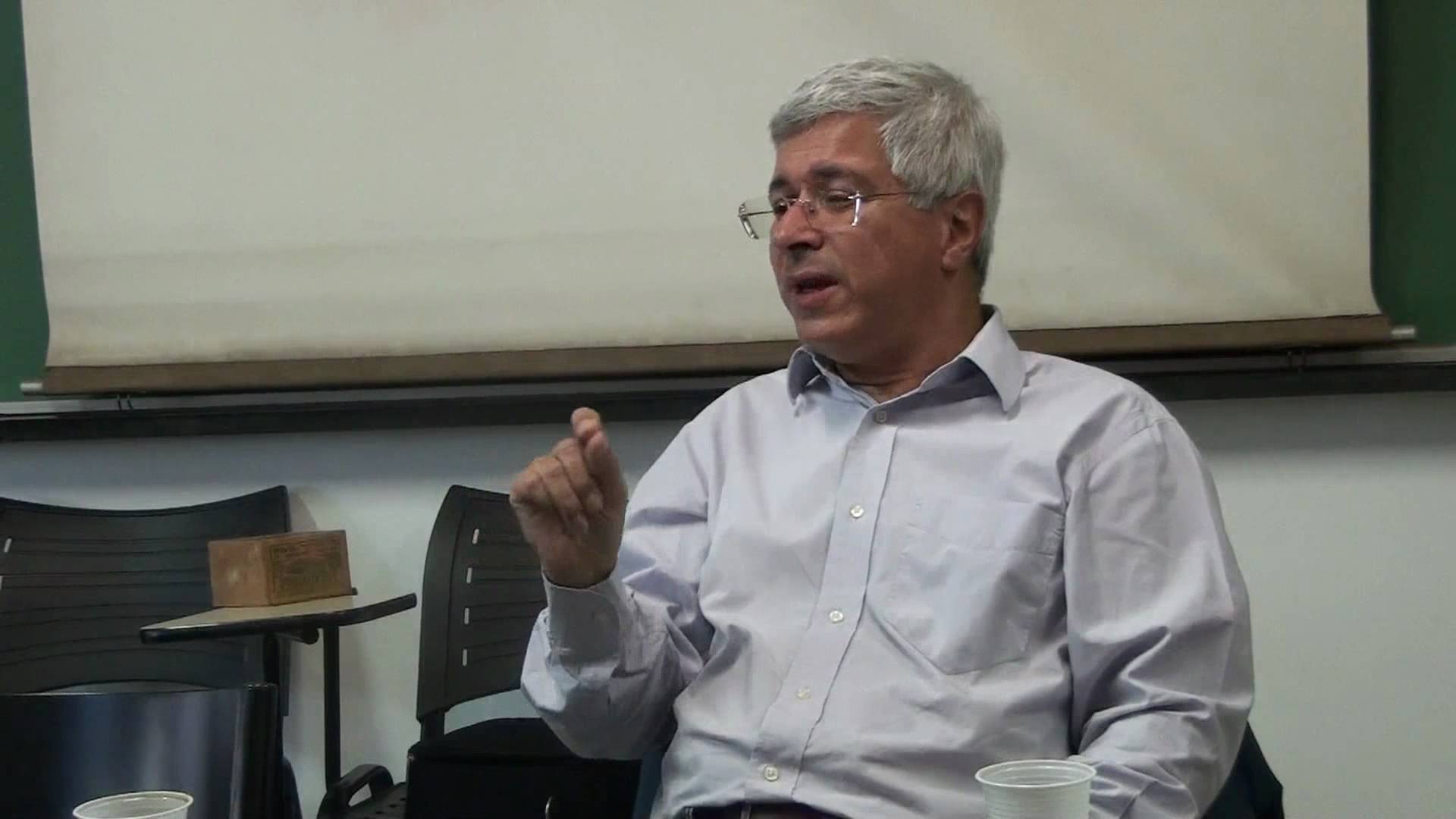Architecture is often described as the intersection of art and science. These two distinct realms, however, cannot be set in opposition; they must be cooperatively utilized in the creation of the built environment. Architecture is an integrative art, one that combines the design of productive space with the tangible realities of gravity, material properties, and assembly sequences. The study of architectural tectonics can help to illuminate the partnership between these elements in the creation of the built environment. Tectonics has many definitions, but they all tend to focus on the relationships between those architectural elements we tend to hold apart: space and construction, structure and ornamentation, atmosphere and function. It seeks a relationship between the design of space and the reality of the construction that is necessary for it to exist. This paper outlines a framework for examining the core concepts ingrained in the history and evolution of architectural tectonics. Each of the following topics examines a particular characteristic of the theory drawn from different lines of historical and contemporary thought: Anatomy, the study of the primary components and systems of a building; Tectonic + Stereotomic, the study of the means and methods of construction as well as the materiality of the built environment; Detail + Intersection, the study of the joints and other critical conditions that make up the smallest scale of a work of architecture; Place, the study of the impact of a specific place or context on the tectonic makeup of a building; Representation + Ornamentation, the study of the relationship between the actual construction of the building that is required for stability or enclosure and the cladding or ornamentation that is used to create the aesthetic scheme; Space, the study of the relationship between the creation of space and the construction and representational qualities of a building; Atectonic, the study of conditions that run contrary to typical tectonic ideas. The tectonic theories of Karl Bötticher, Gottfried Semper, and others have evolved over time to be able to successfully integrate into contemporary society, but this “transformation, adaptation and above all the reduction of and simplification of an extremely ambitious theory of tectonics was in fact ineluctable.” Despite its shifting, its transforming, and its adapting, architectural tectonics remains a central tenet of both the study of architecture and the practice of its design and construction. The lessons available to all students of architecture that have arisen from this linage of architectural thought have the potential to positively influence our built environment for the foreseeable future.
Chad Schwartz
Source
Deconstructing Architectural Tectonics



